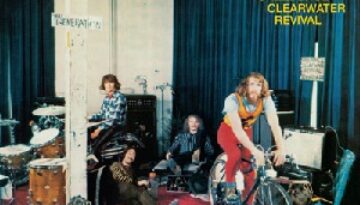Top 9 Rock Festivals
This week Classic Rock Review joins the celebration of the 45th Anniversary of the historic 1969 Woodstock Music Festival. In conjunction with Top 9 Lists, we present a list of the Top 9 […]

This week Classic Rock Review joins the celebration of the 45th Anniversary of the historic 1969 Woodstock Music Festival. In conjunction with Top 9 Lists, we present a list of the Top 9 […]

Buy Bayou Country Buy Green River Buy Willy and the Poor Boys Creedence Clearwater Revival was incredibly prolific in their earliest recording period. Following their self-titled debut album in mid 1968, the group […]

Buy Cosmo’s Factory If nothing else, Cosmo’s Factory is a unique and unconventional album in its structure and approach, as it starts out oddly and packs all its pop/rock firepower towards the back […]